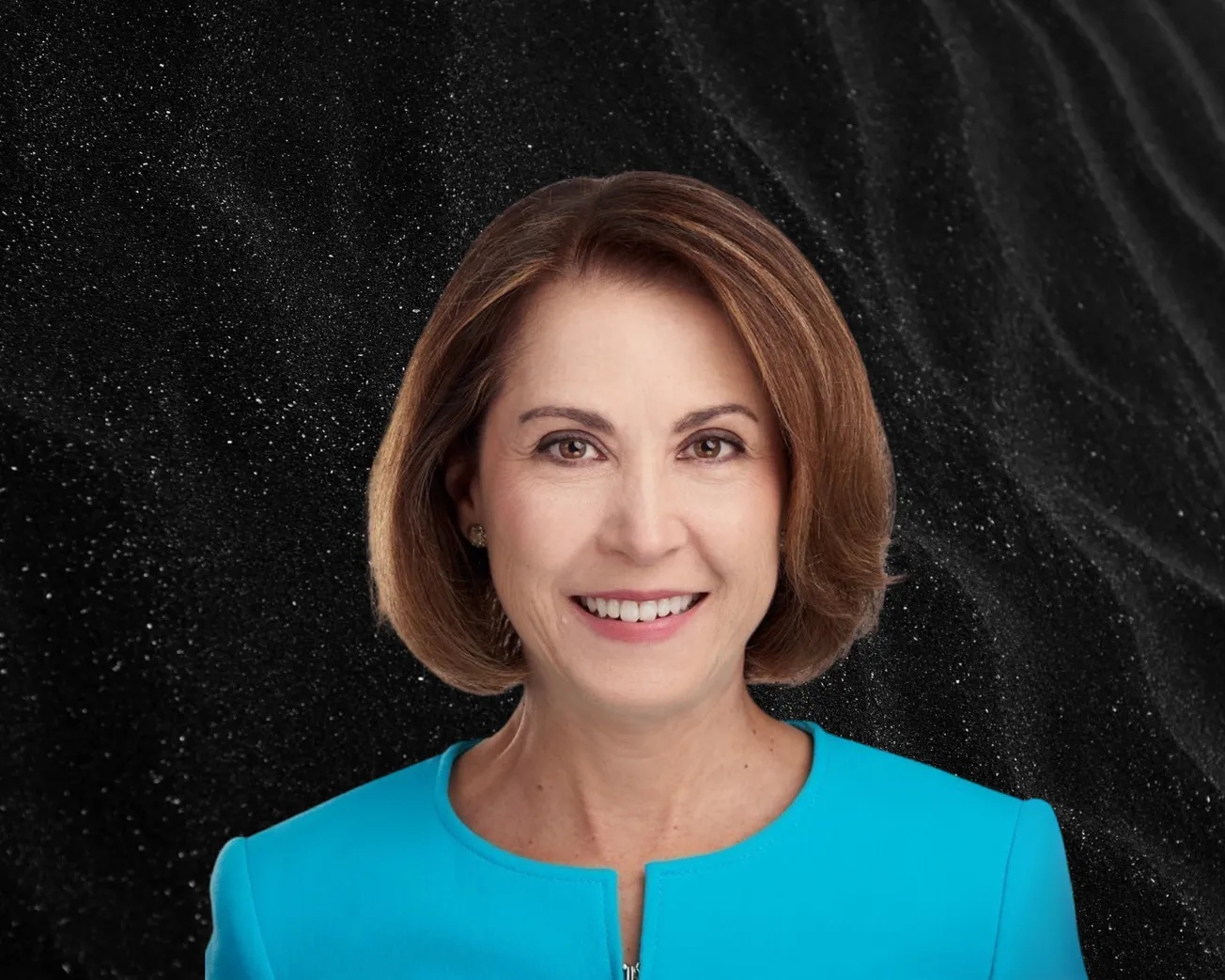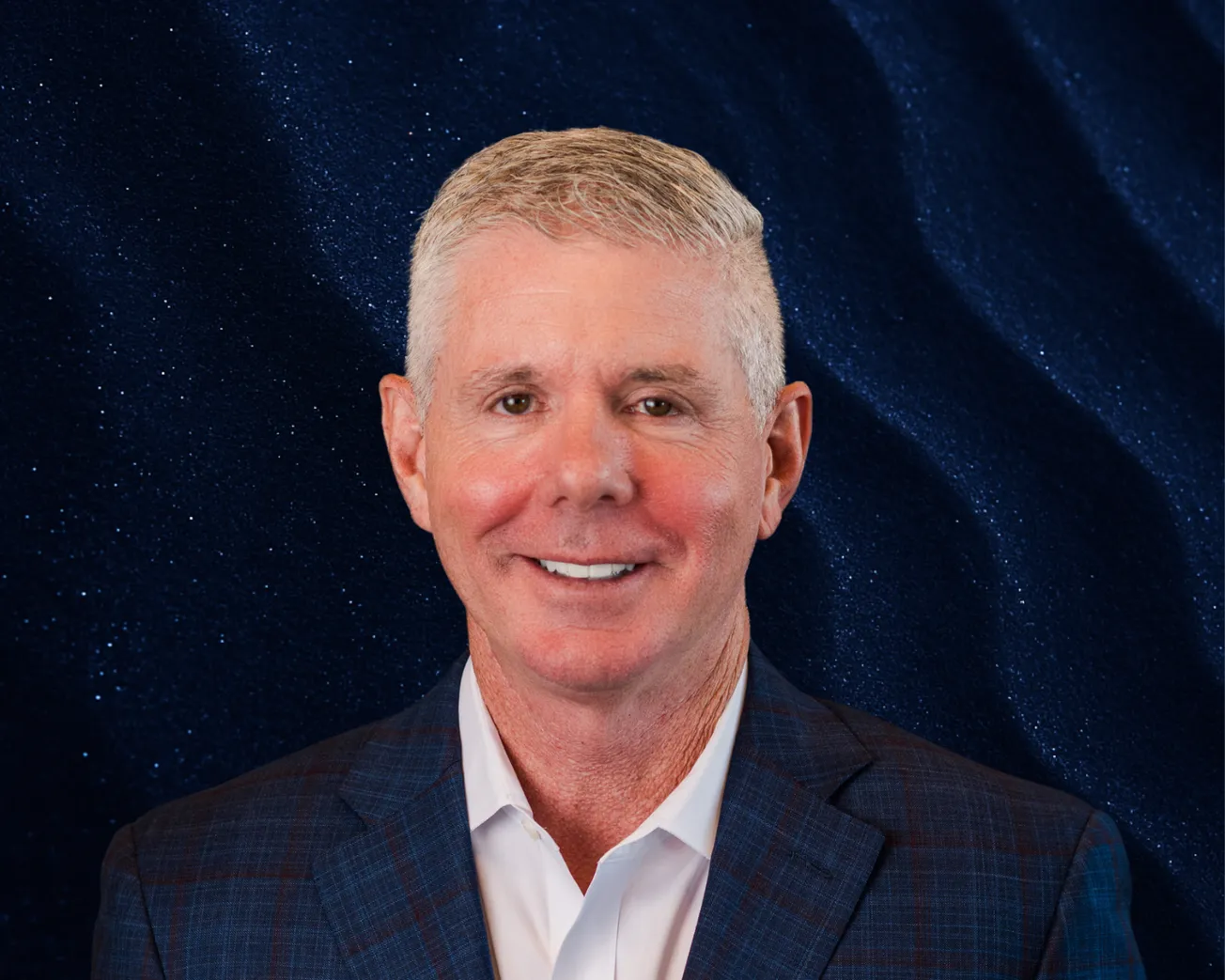Table of Contents
Ernie Miller, CEO of Verde Clean Fuels, sat down with Onyx for a feature-length interview.
Could you walk us through your career and what led you to Verde Clean Fuels?
It’s been a long and winding road. I started my career with Shell, right out of graduate school, and followed deregulating commodity markets through natural gas into power. I really became interested in monetizing stranded resources. At one point, with a partner in Cameroon, we were operating an onshore gas condensate field. We had the ability to produce more gas out of a single well than the entire country of Cameroon could utilize at the time! So we had a lot more gas than we had buyers.
That got me interested in figuring out what other things you can do with natural gas. What else can you turn it into that would be more easily monetized in a place like onshore West Africa? The smart technical guys I spoke to kept pointing me towards a company in Hillsborough, New Jersey, called Primus Green Energy. Primus had what they described as being the most elegant small-scale process to convert natural gas into gasoline.
I really don’t love the term GTL - gas to liquids - because that typically refers to the very mature Fischer-Tropsch process, which was first done, commercially, by Sasol in South Africa, and has been around since the 1920s. That process is effective, but not on a small scale. It produces synthetic crude oil, not a finished product. So, you’ve got to ship it somewhere, or refine it, for it to become useful - and that’s not what we do.
We have a process that’s more akin to Mobil’s MTG process - methanol to gasoline. When natural gas goes into our process, through a steam methane reformer, we take the synthesis gas that comes out of there and we go straight to a finished, commodity-grade gasoline. What’s more, we’re able to do that at a very small scale, which means we can deploy this technology into the producing regions, where natural gas might be stranded or otherwise constrained and has no value, and turn that gas into a finished gasoline, which is more easily monetized. Effectively, what we’re doing is swapping exposure from natural gas to a high-value refined product.
So, I stayed in touch with the company. I first joined, in 2017, as its chief commercial officer, and then, going through the pandemic, I led a management buyout of the assets of Primus. We took that entity and listed on the NASDAQ, in 2023, under the name Verde Clean Fuels.
When I first read about Verde, I came across the idea that you were converting food waste into gasoline. But it sounds like that’s still down the line?
We are technically ready to do it. It’s not food waste but any biogenic material - we’re talking wood waste and that kind of thing. So, we are capable of making fully renewable and carbon-negative gasoline - which is a great story - but the fact is that the market is simply not constructed in a way that it’s ready for that.
In the U.S., we have these various federal and state-level carbon credit systems. When you make renewable fuel, your costs are higher. So, you rely on these credits, in addition to the commodity value, to achieve economics that work. However, those carbon credits are wildly volatile. So, one day, you’re looking like an absolute hero and the next, because of that volatility, you’re barely covering your costs.
We can’t commercially focus on that right now. The market just isn’t ready. In the interim, we’re addressing this natural gas opportunity by turning gas that would otherwise be flared, or that has no access to a market and, currently, has a very low valuation, into gasoline.
If we are addressing a flare, the gasoline we produce by mitigating that natural gas is still 30 to 35% less carbon intensive than gasoline that comes from a traditional refinery. So, while we’re not yet achieving that fully renewable, carbon-negative fuel in the market, we are providing fuel that’s 35% less carbon intensive! Think about taking three or four out of every 10 cars off the road. That’s a meaningful step. We’re very proud of that!

How scalable is this model across North America - or even globally?
This is a global opportunity. In the U.S., we’ve got a large handful of producing basins - oil basins - where there’s a large volume of natural gas comingled with oil production. In the Permian Basin, for example, we’ve got a well-publicized joint venture with Diamondback Energy. Their economics are 100% driven by oil. Increasingly, however, the gas that comes up with that oil becomes a cost burden. There’s no infrastructure to move it to market. It’s constrained. It hasn’t got a market to get to, so it’s very low value. Frequently, the amount of constraint causes producers to flare, which is a problem.
Producers can’t be seen to flare anymore - both from an environmental standpoint, and just in terms of being a good steward of the resource. You’re just burning it...
So, the ability for us to come in and help them trade that natural gas exposure for gasoline, which looks and trades a lot more like crude oil - that’s a big economic win. It solves a bottlenecking constraint and provides value for what would otherwise be a zero- or negative-value resource.
How does your STG+ process compare to the Fischer-Tropsch method?
Our STG+ process has always been designed to work at the small end of the scale. In the Permian example, we’re designing facilities that consume roughly 34 million cubic feet of gas a day - which is relatively small. However, those are exactly the places where you’ve got constraints and gas that can’t get to market. A plant of that size solves a real problem and clears the way for producers to keep producing oil.
The worst situation possible for a producer in the Permian Basin would be having to shut in oil wells, because they can’t find a home for the natural gas. And Fischer-Tropsch? That works on a very, very large scale - multiple hundreds of millions of cubic feet of gas a day. Companies have tried to adjust that process to work at a smaller scale, but the chemistry doesn’t work, and nor does the economics.
For Fischer-Tropsch, you want to build large to get economies of scale to cover the cost. But, more fundamentally, if you’re bringing that much gas to one location - well, you’ve already got a market. That’s the difference: we’re solving for the small scale. We provide oil and gas producers with a solution, so they can keep doing what they do best.
Who are your primary customers for this technology?
We’re mostly going after producers and, in some cases, midstream companies that move natural gas. In North America, that’s our main focus. But in the Middle East and Africa, there are enormous volumes of stranded natural gas. The regulations still allow large-scale flaring or, worse, venting.
We’re working with national oil companies, and their service providers, to help them go in and, firstly, make the flaring go away, and, secondly, turn that flared gas into a valuable resource. If you’re just burning it into the atmosphere, it obviously has no value. But if I’m going to give you gasoline that’s worth $2+ per gallon - $85 a barrel - that’s a big value swing.
Today, access to international development dollars is increasingly dependent on behaving like a responsible steward of these resources. If you want funding for roads, hospitals, schools… you’ve got to show that you’re doing something with that gas.
Are you licensing your tech, or building and running these facilities yourselves?
We’re doing both. Verde intends to build a portfolio of operating assets, just as we’re doing by working with Diamondback. But we’re a small company. There are places in the world where I’ll never convince my board to deploy capital. In those cases, we’ll license the technology and provide the engineering and equipment. We’ll help them to get our tech deployed, but probably not invest alongside them.
So, your gasoline - is it cleaner than what’s traditionally refined?
Our gasoline is chemically indistinguishable from the gasoline that comes out of any Shell, Marathon, or Valero refinery. You could take a beaker of ours and one of theirs - and you wouldn’t find any difference.
They burn the same and emit the same. But if we’re offsetting a flare - if we take gas that otherwise would’ve just been burned into the atmosphere - then the lifecycle carbon reduction is about 30 to 35%. It’s a “wells to wheels” difference.

Given the electrification trend, which sectors will benefit from your cleaner gasoline?
Any that currently rely on internal combustion engines. In 2020, the auto industry was all about electrification. Companies were ditching their internal combustion teams and looking to phase it out.
But, over the last five years, the market spoke back. When you take an honest look at the math, EVs are only marginally cleaner. If you’re using a fuel like ours, you're almost always lower carbon than an EV. That would, of course, depend on the grid. I’ve got neighbors at a summer home who proudly charge their Tesla from the socket out front. I finally said to them, “You’ve got one of those cars that runs on coal.” They were terribly offended. But every electron going into that car came from a coal plant, 50 miles away.
No tailpipe doesn’t mean no emissions. If you do the full lifecycle analysis, the difference isn’t what you'd expect.
What’s your vision for Verde in the decade ahead?
We’ve got an incredible opportunity - disadvantaged natural gas. If we do it correctly, a 30-35% less carbon-intensive approach to gasoline will make a huge impact, and we can make that difference now!
Transitions take time. We all want to snap our fingers and go from fossil fuel to renewable, but it won’t happen overnight. We’re making a meaningful change today! And, technically, we’re able to make a fully renewable, even carbon-negative, gasoline. I just hope regulators - not just in the U.S., but globally - build markets that recognize the value of carbon and let that flow through to fuels.
If they do, and they let the market decide, renewable gasoline wins over EVs every time.






